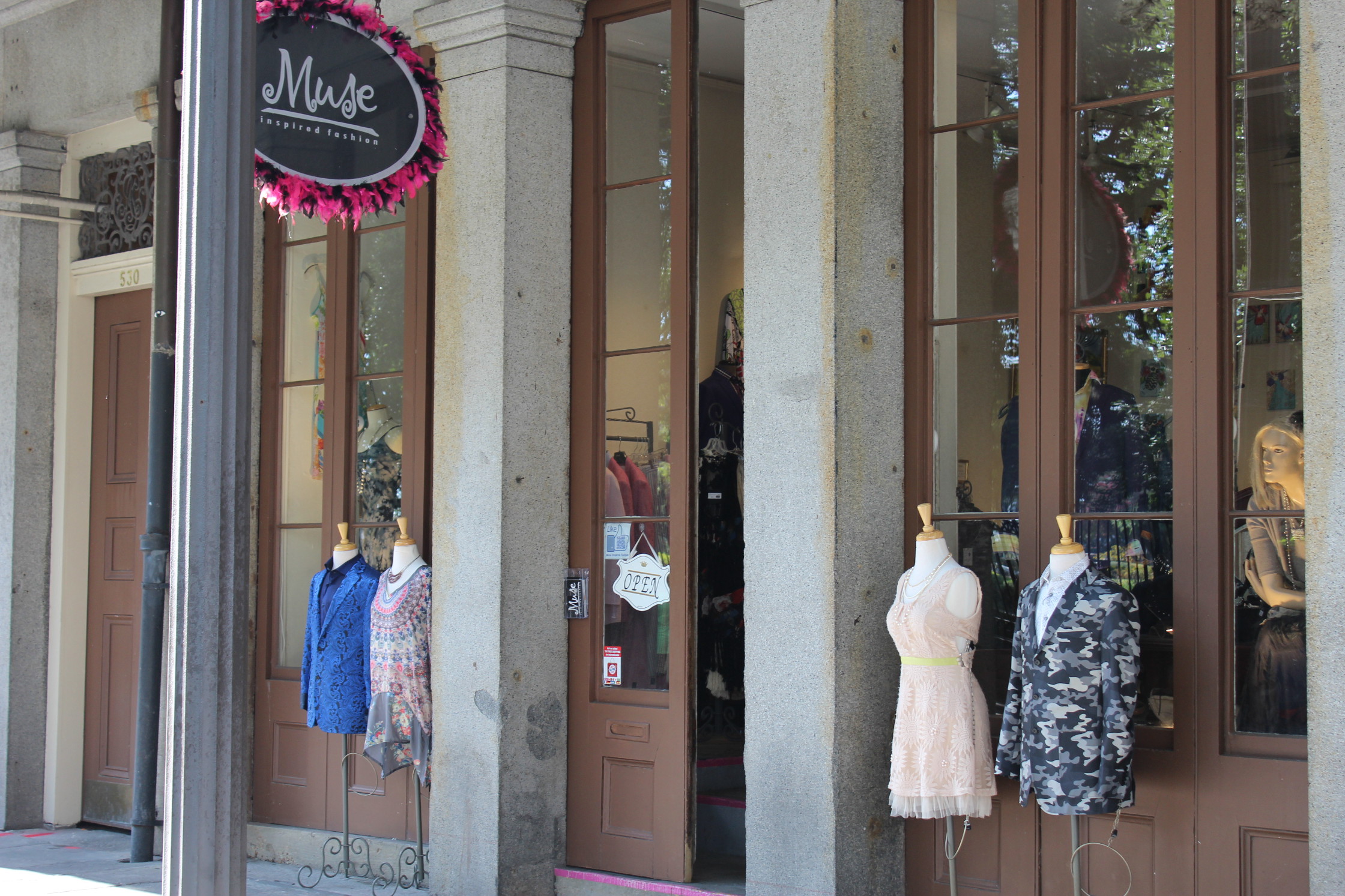
Louisiana Anthology
Bruce R. Magee.
“Place d’Armes.”
for Lily the Street Poet
Place d’Armes? Place d’heads.
Place d’torso. Place d’shop.
Place d’Bras Coupé.

- Lecture.mp3
- Listen in iTunes
- Listen on Stitcher
-
Notes
- Pronunciation and scanning the haiku. ‘Place’ is, with one exception, the French word, and and the ‘a’ should be pronounced ‘ah.’ The d’ before a consonant should be pronounced as the complete syllable ‘de.’ Before a vowel, the ‘d’ should be pronounced with that vowel, not having a syllable of its own.
- In French colonial times, the Place d’Armes, literally “weapons square,” was a large, muddy field in front of St. Louis Cathedral and the Cabildo where the professional soldiers and militia drilled and trained. The Spanish called it the Plaza de Armas. In addition to the training, other Important Business took place here; some convicts were punished in the pillory (similar to stocks), or whipped, executed, or mutilated. Slaves who repeatedly ran away could be punished by having an arm amputated. I’ve even heard that the heads of executed slaves were placed on pikes as a warning to other slaves, but I haven’t been able to confirm it. The Place d’Armes was also used for more festive purposes; after the Battle of New Orleans, for example, the veterans of the campaign would gather there on the anniversary to be honored by the city. In 1856, a statue of the hero of the Battle of New Orleans, Andrew Jackson, was placed in the center of the field, and it became known as Jackson Square and is now surrounded with tourist shops.
- The story of Bras-Coupé comes from the early 1800s, when a giant 6′6″ slave named Squire was renouned for his ability to perform traditional African dances like the bamboula and the calinda in Congo Square. Because Squire kept escaping, his captors eventually punished him by amputating one of his arms. After that, he was called Bras-Coupé, ‘cut arm,’ and he escaped once again in 1834 and hid out in the swamps outside New Orleans. During this time, the ethnic makeup of New Orleans was changing; Louisiana was now a state, and Americans were arriving, along with refugees from the slave revolt in Haiti, and European immigrants from Ireland and Germany. The police force of New Orleans began adding Irish and German officers, whom the Creole aristocracy of New Orleans did not trust. They began to consider disarming the police along the lines of the British ‘bobby’ system. The New Orleans police and the Picayune newspaper fought back with a series of lurid stories about the one-armed escaped slave roving the swamps with a murderous gang, seeking revenge for his injuries. The Picayune once called him “semi-devil and a fiend in human shape, whose life was one of crime and depravity.” Vivid memories of the Haitian slave revolt were already in the minds of many New Orleanians, and white hysteria over the possibility of a slave uprising was never far under the surface anyway. The police kept their weapons, and on April 6, 1837, Bras-Coupé was killed by an acquaintance for the bounty money. His body was left exposed in the Place d’Armes for days, and masters had their slaves come look at the mangled body as a warning against disobedience. Today in the same place, headless, armless torsos sell sporty clothing to passing tourists.
Text prepared by:
- Bruce R. Magee
Source
Magee, Bruce R. “Place d’Armes.” All rights reserved.

L’Anthologie Louisianaise